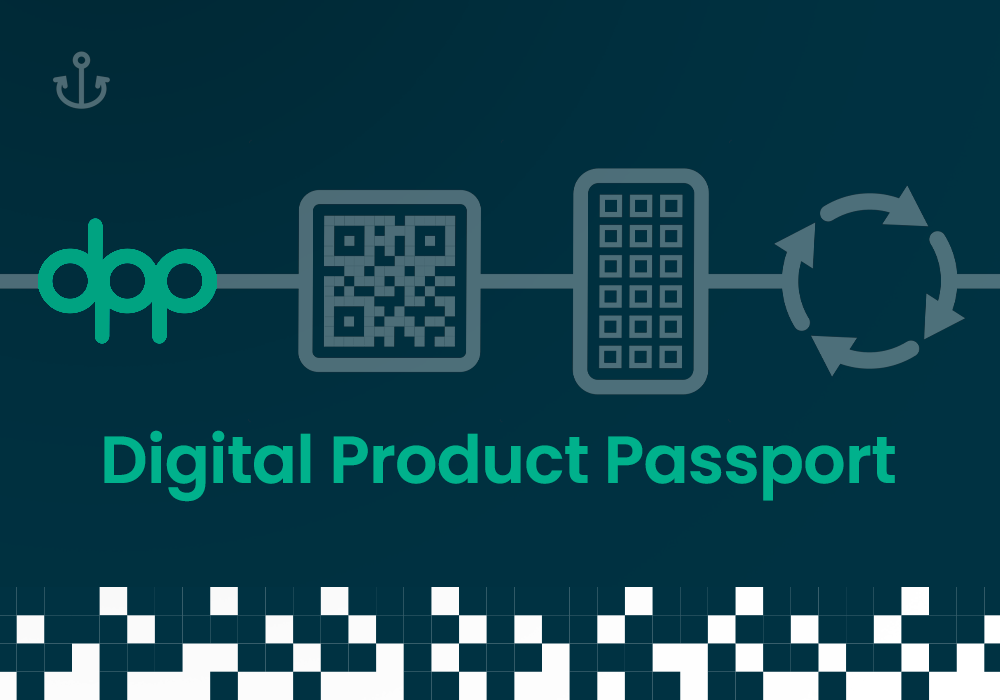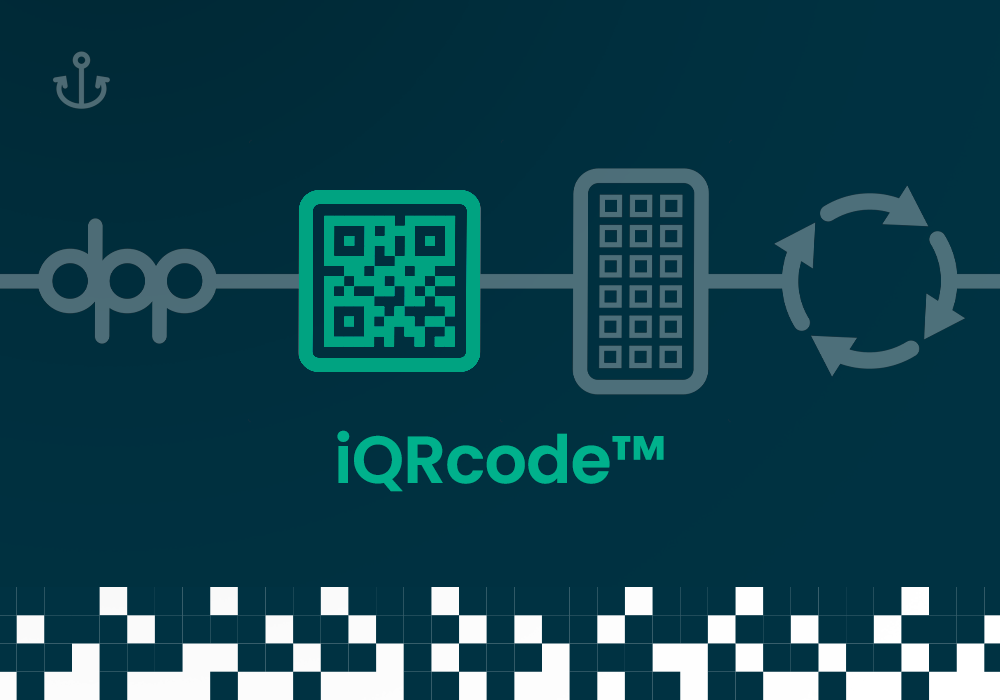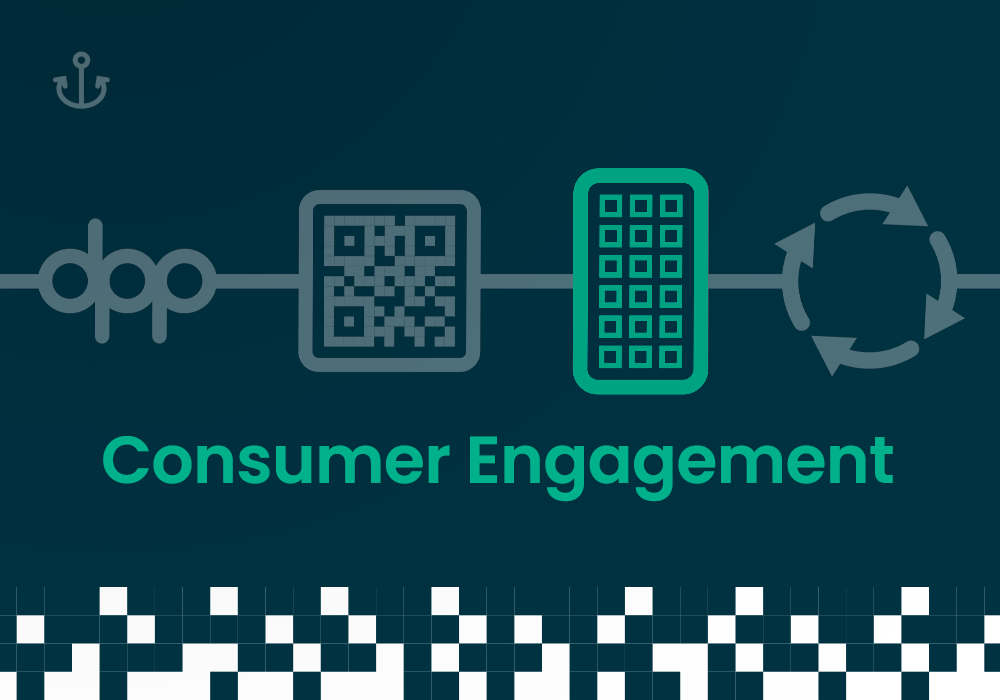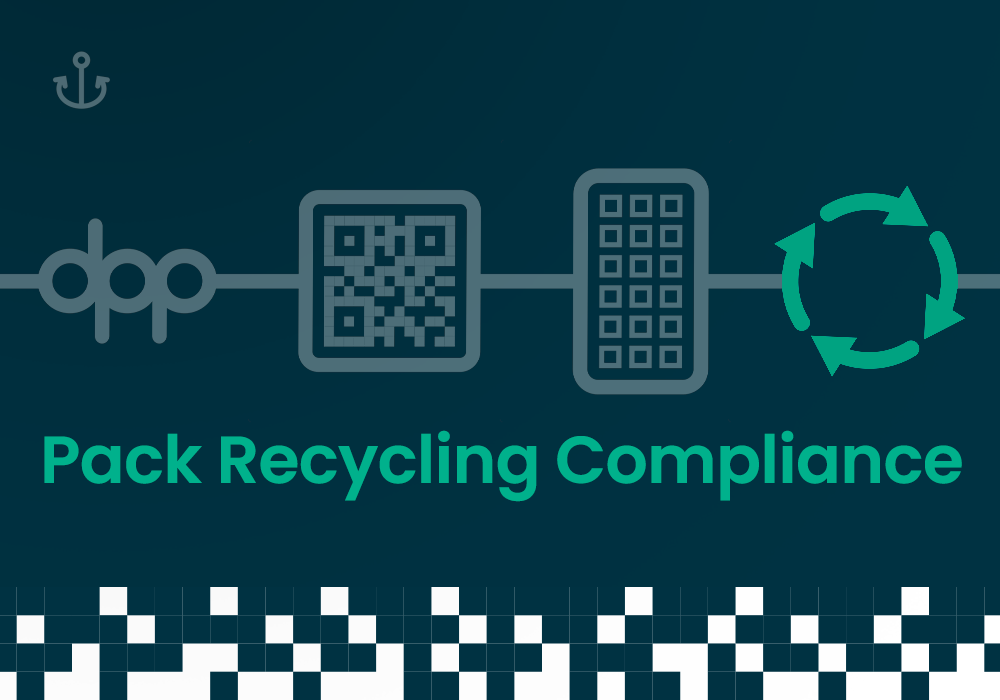The Difference Between a QR Code and a 2D Barcode/iQRcode™?

We’re kicking off our new Buyerdock Q&A Series. Your go-to guide for everything related to iQRcodes™, Digital Product Passports (DPPs), and product compliance.
Each article answers one of the key questions brands are asking the most.
Today’s Question:
What makes a 2D barcode smarter than a standard QR code?
It’s a question we hear often, especially as businesses prepare for the industry-wide transition to 2D barcodes/iQRcode™ powered by GS1 Digital Link technology.
The Short Answer
- QR code = one static link.
A traditional QR code connects to a single, fixed URL — often an outdated webpage or promotional offer. Once printed, it cannot be changed. - iQRcode™ (2D barcode) = one code, endless verified data.
Each iQRcode™ is dynamic and data-driven, linking directly to a product’s unique digital identity through GS1 Digital Link. This enables brands to deliver verified, real-time data to consumers, regulators, and partners without having to change the packaging itself.
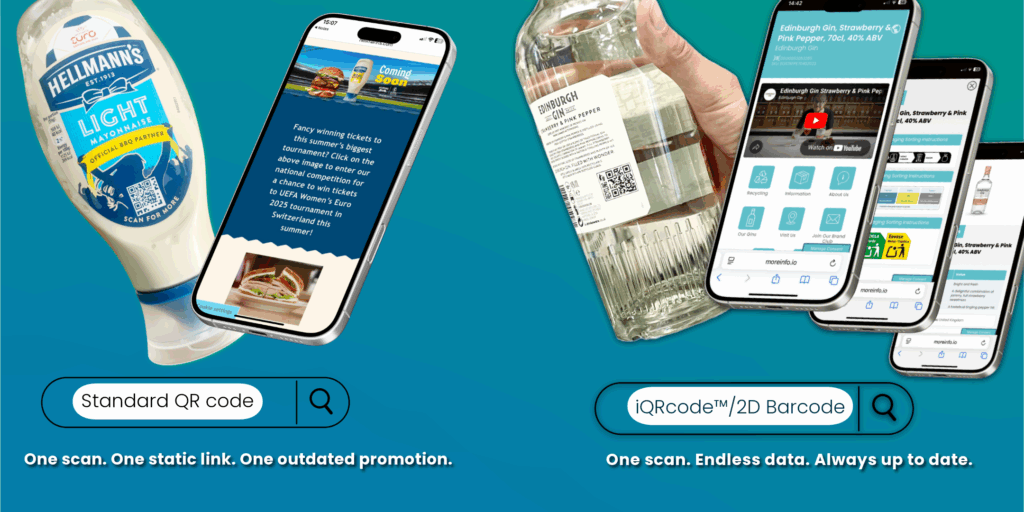
What That Means in Practice
-Recycling instructions
-Repair and warranty details
-Sustainability and sourcing data
-Product safety and compliance updates
This live data helps brands meet sustainability goals, comply with new regulations, and enhance consumer trust — all through one smart code printed on the package.
In Short
A standard QR code connects consumers to a moment in time.
An iQRcode™ connects them to a living, evolving product story.
This shift represents the next generation of packaging: smarter, more sustainable, and fully compliant with emerging Digital Product Passport (DPP) requirements across the EU and UK.
Why It Matters for Brands
- Future-proof your packaging: GS1 standards are moving toward 2D barcodes for global retail by 2027.
- Build consumer trust: Verified, dynamic data enhances transparency and engagement.
- Simplify compliance: Update recycling, sourcing, and product safety data anytime — no reprint required.
By adopting iQRcodes™, brands are not just improving traceability — they’re future-proofing their entire packaging strategy.
Continue Exploring
- From Barcodes to Smart Codes
- Preparing for the PPWR: Collaboration as the Key to Compliance and Opportunity
- Preparing for the 2027 Barcode Transition

